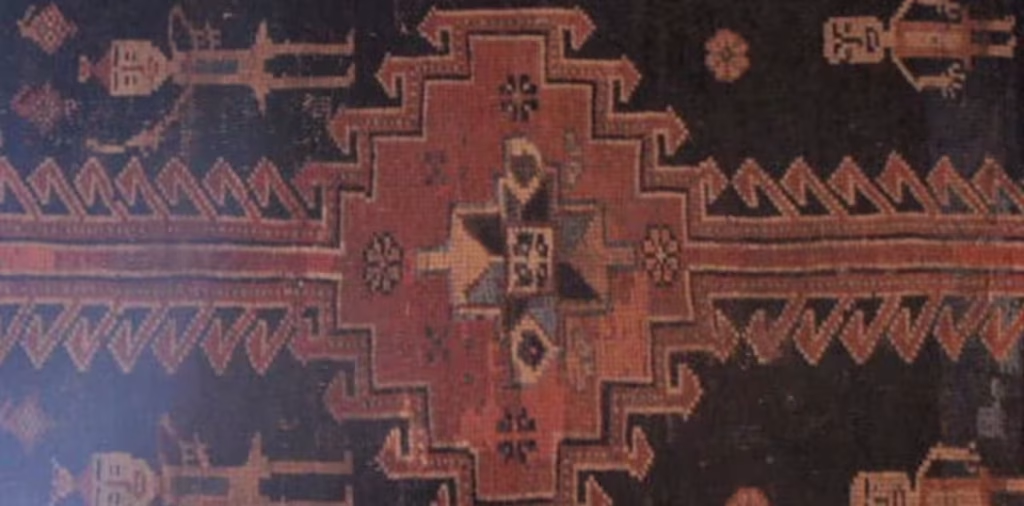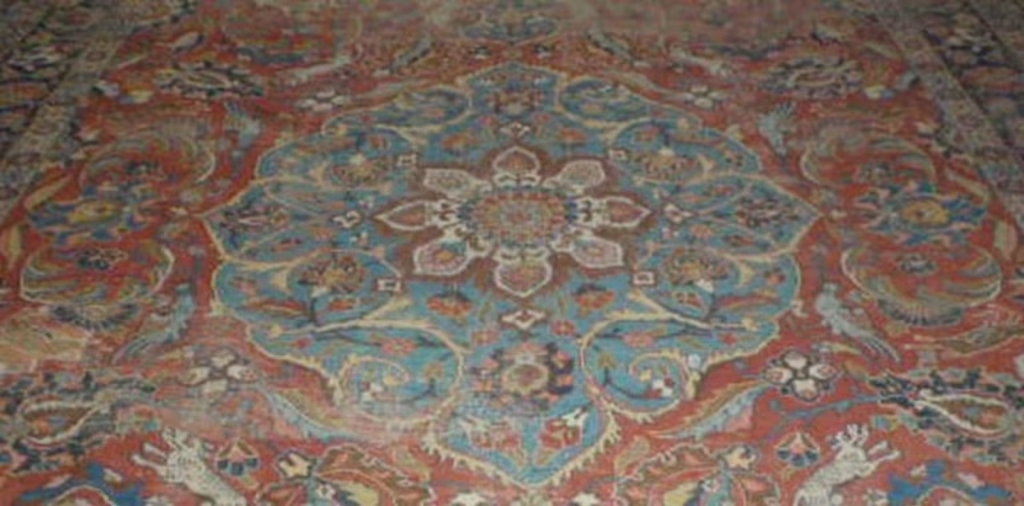Natural dyes
In the orient practically every family has had its own recipe for the dyeing of yarn in the various colours and these recipes have been handed down from generation to generation. They are based on animal and plant dyes and are naturally the best. They give the yarn a natural sheen.
A few examples of the most common plant dyes are given below:
Blue indigo
Red madder root, kermes and cochineal (dried scale insects)
Yellow vine leaves, pomegranate peel, saffron
Brown walnut shell, oak bark
Green indigo + vine leaves or pomegranate peel
Black indigo + henna, iron oxide (vinegar and iron filings)
Orange henna + madder
Cream walnut shell, pomegranate
In addition to the above there are innumerable mixtures and variations for deep and light shades, as well as many different ways of preparing the yarn for dyeing. Dyeing with a certain colour may take one day in one place, while the same colour somewhere else and with some other method may take up to three or four days. Dyeing with indigo according to ancient methods may take no less than fifteen days.
Aniline dyes
Since natural dyes require a time-consuming and laborious process it was not surprising that people succumbed to the temptation of using aniline dyes wherever possible, but the result did not come up to expectations. The Persian authorities gradually realized the danger to their foremost handicraft and, as already mentioned, introduced laws to hinder the use of aniline dyes. Their import was forbidden but even so they were smuggled into the country in large quantities and it proved difficult to keep a check on the dyers and rug manufacturers. In spite of all prohibitions and high export tariffs, a great many rugs were produced with aniline-dyed yarns.
The disadvantage with aniline dyes-apart from the fact that they fade and run-is that the wool loses its fat and becomes stiff and dry. Consequently, the fibres break more easily under pressure, which is bound to happen with carpet.
Yarn coloured with vegetable dyes has exactly the opposite properties; the wool becomes softer and, moreover, retains the animal fat.
Checking the dye
How can the layman tell whether the yarn has been coloured with aniline or vegetable dyes a definite answer really requires a chemical analysis but here are some tips about how to detect anomalies that are characteristic of aniline-dyed yarn, provided that the carpet has been in use for some years or has been washed with alkaline substances.
Fold the carpet so that the pile separates right down the warp. With a vegetable dye, the yarn should be the same colour at the top of the pile as at the bottom, possibly with a slight difference in shade. On the other hand if the difference in colour is great, e.g., blue-violet near the warp and blue-grey on the surface, or dark green near the warp and yellowish on the surface, one can be fairly certain that an inferior type of dye has been used, probably aniline.
Weavings has already been stated, carpets are today woven in the Orient in exactly the same way as they were a thousand years ago. When people say that these carpets must be produced by mechanical means, they are speaking out of ignorance; presumably they cannot imagine that so even a carpet can be produced by hand. One reason for this attitude is probably that industrial products such as Wilton and Administer carpets copy oriental patterns. Many people cannot see the difference between these and the genuine hand-woven carpet. Some oriental carpets cost so little that many people regard this as sufficient evidence that they cannot be hand-made. Anyone who has travelled in the East and seen a carpet being woven can, however, testify otherwise.
The weaver’s instruments are simple and homemade. The yarn is cut off with a knife after the knot has been made. In Tabriz a knife fitted with a hook is used for catching up the warp threads. The weft and rows of knots are packed together with a heavy iron comb-beater with a handle. The newly woven part is combed with a strong steel comb before it is trimmed roughly while it is still in the loom. After the carpet has been removed from the loom it is given a final trim with shears and a razor-like instrument.


